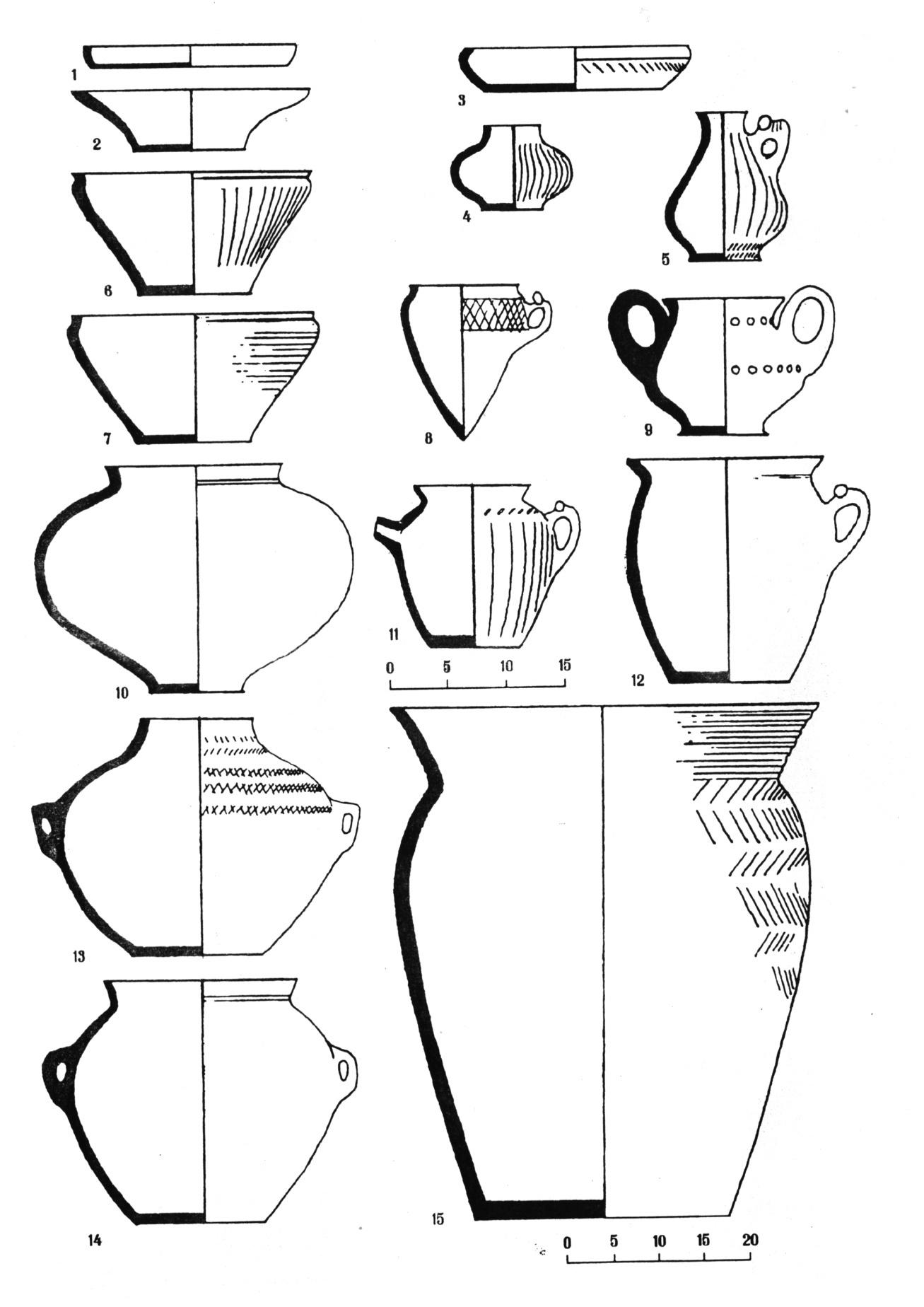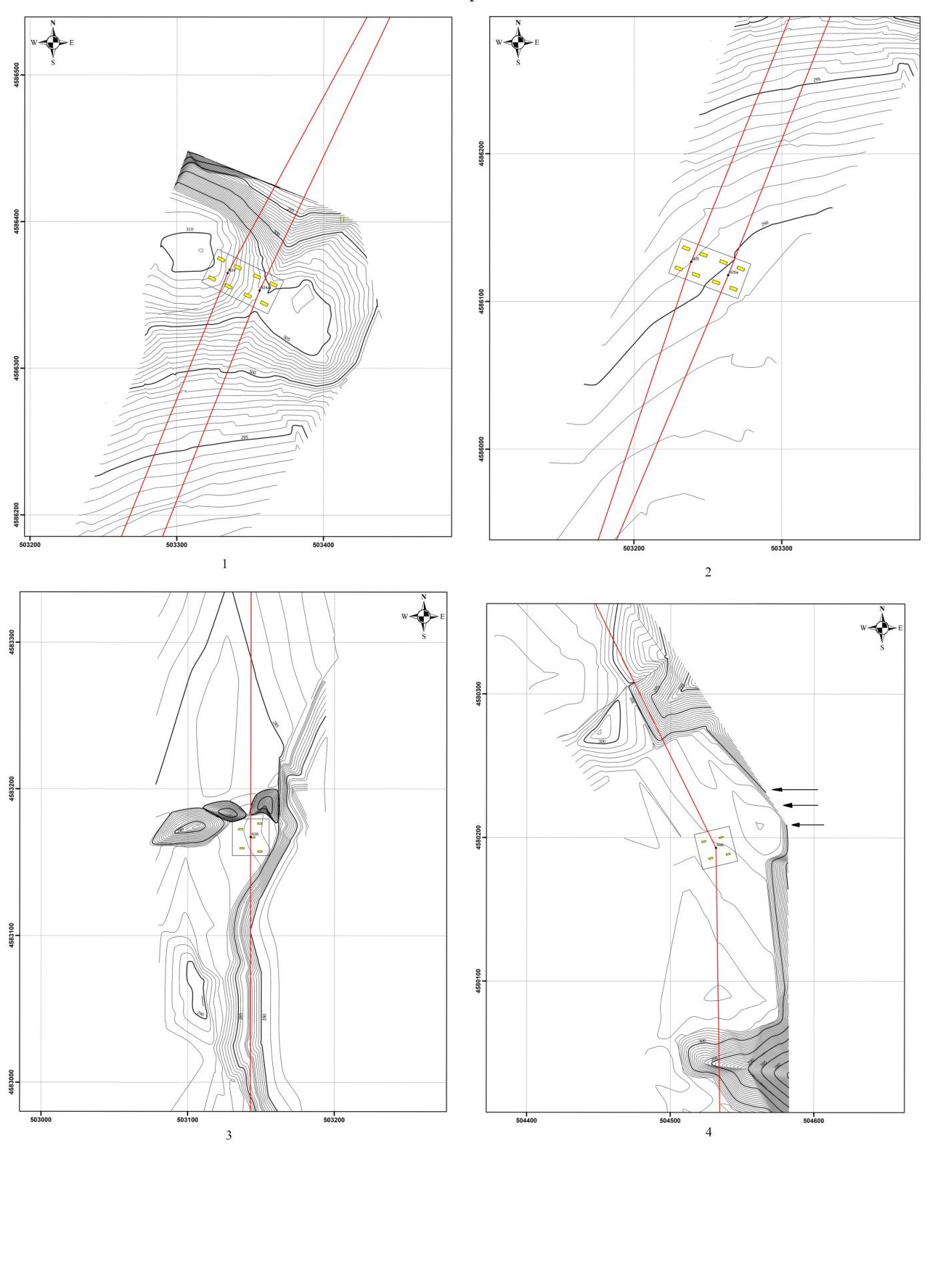Marina Puturidze Tbilisi State University (Georgia, Tbilisi) The Trialeti Culture – Changeovers at the Turn of the III - II Millenniums BC. Summary The territory of spreading of Trialeti Archaeological Culture comprised the part of South Caucasus, which is the main core area of the Eurasian corridor . Trialetian population, about the ethnicity of which nearly nothing is clear, were inhabited in a great part of the Transcaucasia and, supposedly, toward the South-West direction as well. The Caucasian cross-road area, where various cultural traditions were coming into contact and coexisted from the ancient times, had a close relation with southern neighboring civilizations of the Near East. The presented article gives an attempt to point out those changeovers which began at the turn of III-II millenniums BC in the south Caucasian region and clearly indicates the most activated trade-economic connections and cultural influences from the ancient Near Eastern world. Preceding to the Trialeti, prehistoric cultural unites were characterized by more or fewer interconnections with the neighboring regions but comparing to all of them, rather more intensified relations with various areas of the Near East became recordable exactly from the turn of the III and II Millenniums BC and afterward. Impressive number of the Trialetian gold working samples and their contemplation on the background of the various near eastern assemblages indicate in favour of the existed cultural and trade-exchange relationship between the considering here culture with the located to south civilizations. Enough numerous cases of the “alien”, near eastern style items, are easily recordable in burial mounds of the ruling elite of Trialetian society. More acceptable seems the assumption about their produce locally in south Caucasus by jewellers of foreigner workshops, who temporarily were settled here or the local craftsmen who closely were acquainted with the near eastern gold working and freely adopted all achievements of it. On the other hand, above mentioned communication is also reflected by such non-traditional for the south Caucasus burial rite, like it is the cremation ritual. Great accent on wealthy and producing of precious goods, which evidently were concentrated in the hands of local elite of the Trialeti culture, supposing that also stimulate the process of widening intercommunication with the outer world. It is clear that one part of artifacts is totally differing from symptomatic features of the local tradition and have no any prototypes in Caucasian region, but the other part characterizes with the clear Near Eastern image. The Trialeti culture beside the continuity of local traditional line of development, clearly reveals several innovations in some spheres of life and craftsmanship which serves as an evident argument to argue about the enough strong influences coming from the southern areas from the end of the XXII/XXI century and lasted until the mid XVII century BC. To overview the main characteristics, it is possible to stress that the appearance of the new, flourishing Trialeti culture in the map of Old World means not only the II, developed stage of
278


















